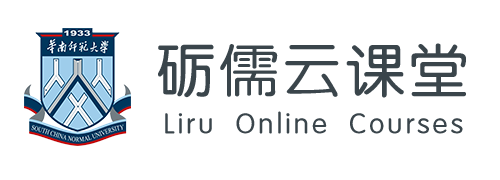1. The effect of an unpredictable, rare event will be contained in the _________component.
a) trend
b) cyclical
c) irregular
d) seasonal
2. The overall upward or downward pattern of the data in an annual time series will be contained in the _______component.
a) trend
b) cyclical
c) irregular
d) seasonal
3. The fairly regular fluctuations that occur within each year would be contained in the ______ component.
a) trend
b) cyclical
c) irregular
d) seasonal
4. The annual multiplicative time-series model does not possess _______component.
a) a trend
b) a cyclical
c) a irregular
d) a seasonal\
5. The method of moving average is used
a) to plot a series.
b) to exponentiate a series.
c) to smooth a series.
d) in regression analysis.
6. The method of least squares is used on time-series data for
a) eliminating irregular movements
b) depersonalizing the data
c) obtaining the trend equation
d) exponentially smoothing a series.
7. True or False: A trend is a persistent pattern in annual time –series data that has to be followed for several years.
8. True or False: Given a data set with 15 yearly observations, a 3-year moving average will have fewer observations than a 5-year moving average.
9. True of False: Given a data set with 15 yearly observations, there are only thirteen 3-year moving averages.
10. True of False: A least squares linear trend line is just a simple regression line with the years recoded.
11. True of False: The method of least squares may be used to estimate both linear and curvilinear trends.
